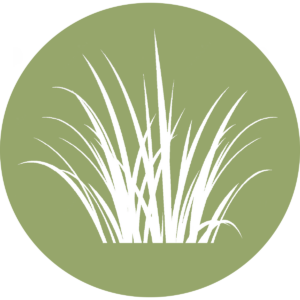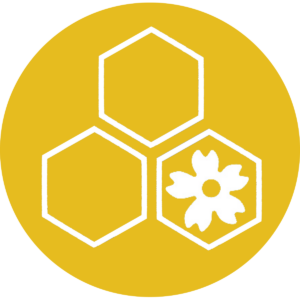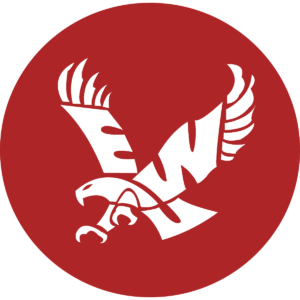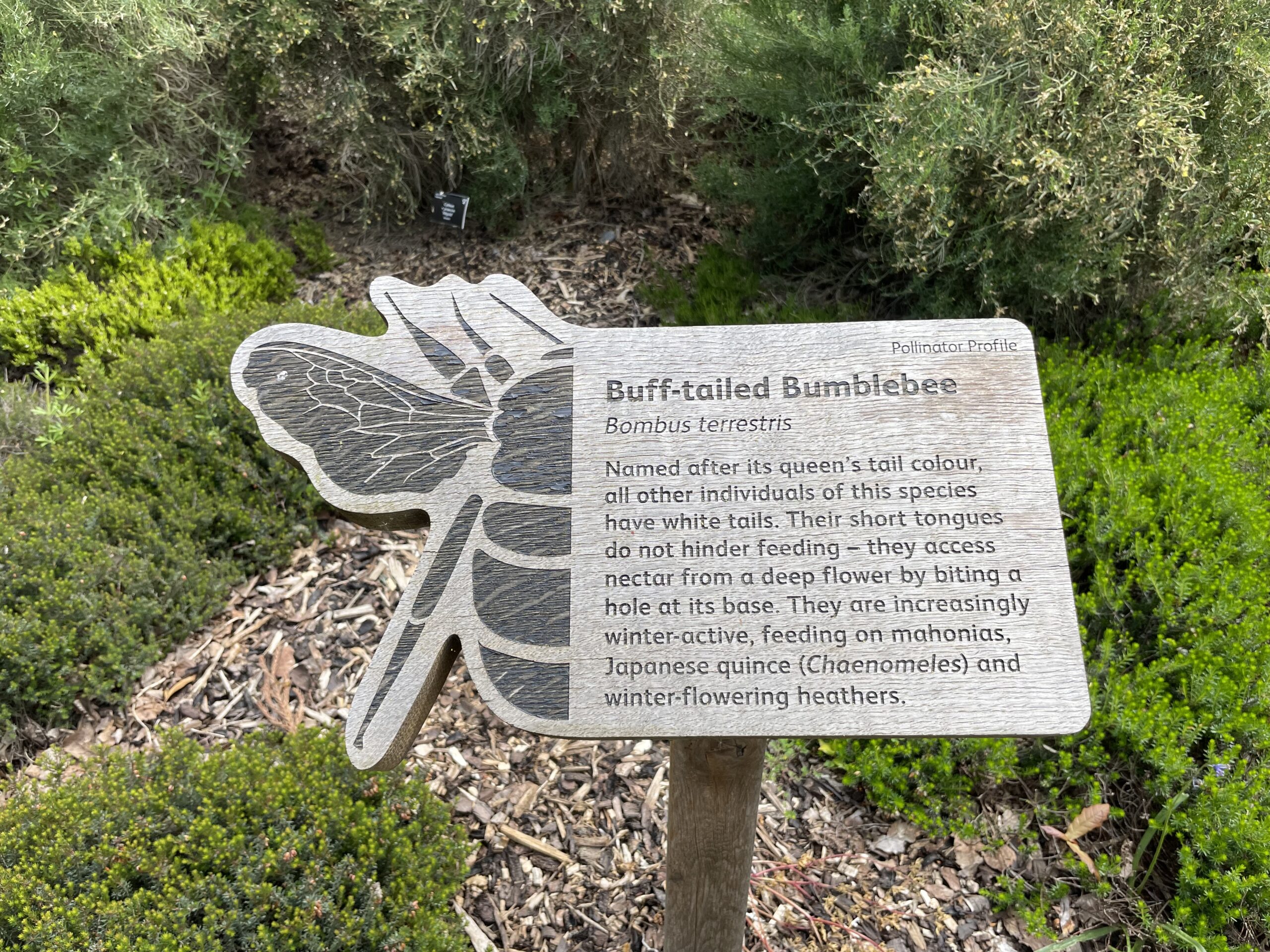Landscape Master Plan
“Sustainable development is development that meets the needs of the present
without compromising the ability of future generations to meet their own needs.
– United Nations Sustainability Definition
Current Enhancement Projects
This project restores the landscape around EWU’s historic One Room Schoolhouse to reflect the native prairie and homestead plantings of the region’s past. Traditional turf grass is being replaced with drought-tolerant prairie grasses, forbs, and historically accurate plants to support pollinators and reduce water use. The irrigation system will be modified for more efficient, site-specific watering, and native shrubs and perennials—such as lupine, serviceberry, and mockorange—will be added alongside adapted historic species like lilac and bearded iris. The project also includes educational outreach and student involvement in ongoing prairie restoration efforts.
A Shared Vision
Purpose
The EWU Climate Resiliency Landscape Master Plan directs the university community on managing and enhancing natural spaces by outlining Vision, Principles, Objectives, and Strategies for future planning.
Background
As EWU nears its 150th anniversary, there's a chance to envision a sustainable campus landscape honoring the Spokane People's traditional homelands and promoting environmental responsibility.
Vision
The plan aims to create a university landscape that enriches the campus experience, fosters unity, identity, and a sense of place, supports EWU's environmental sustainability and resilience goals.
Principles




Principle 4
Enhance the Campus as a Place for Pedestrians - Circulation, Gathering, and Accessibility
View Plan



Objectives and Strategies
- Landscape design, project management, and administrative staff will collaborate with maintenance staff to identify practical solutions, innovative maintenance, and operations best practices for sustainability.
- Maintenance staff will identify landscape areas that do not need irrigation or require modification of irrigation systems to reduce wasted water.
- The team will evaluate strategies to maintain campus landscapes more efficiently by implementing technology driven solutions.
- All routine mowing will be completed by electrically powered automated machinery recharged by a renewable source.

Master Plan
Tawanka Hall Before Enhancement
The existing lawn area around the Tawanka Commons entry is generally small, inefficiently irrigated, and difficult to effectively maintain. The entry can be enhanced with the removal of turf grass, resulting in reduced water use and sustainable identity. Remove irrigated grass, modify irrigation, and plant with native and adapted plants from campus plant list.
Tawanka Hall After Enhancement
- Apply 2” of topsoil / compost mix.
- Plant native and adapted landscape plants spaced at 80% of mature width to fill in and shade out weeds. Plant selection depends on location. Do not plant within 6’ of existing trees and omit plants when large roots are found.
- Extend drip tubing to individual plants. Emitters to be 1/2 gph to allow to soak in around plants.
- Apply pre-emergent and then 4” of fine bark mulch.
Prairie Restoration Project
This major sustainability initiative will restore 120 acres of campus land to its native “Palouse” prairie habitat. In addition to giving our students countless learning and research opportunities, the project benefits the environment for the entire region. Developed in cooperation with representatives from area Native communities, this project will create a model for boosting regional biodiversity while establishing an educational and recreational space that connects visitors to a long-lost landscape.
Learn about the students, faculty and staff that drive the Prairie Restoration Project and see how your support is an investment in our region’s future.